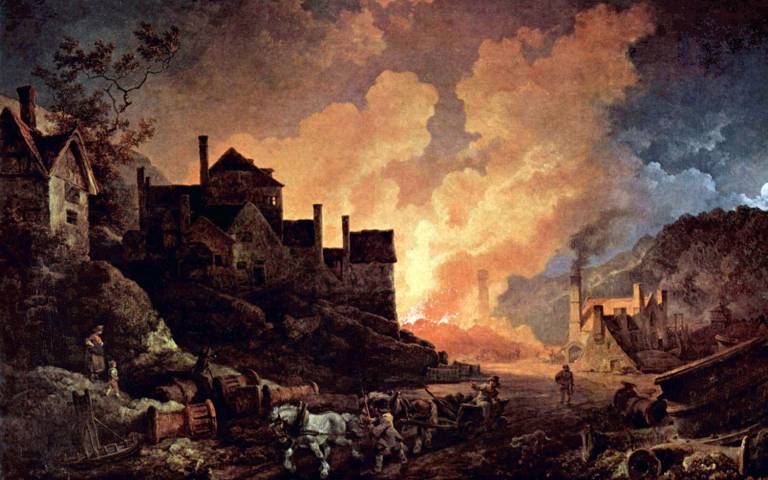A key innovation of the industrial revolution, credited to Englishman Henry Cort, was in fact pioneered in Jamaica by Black metallurgists, the majority of whom were enslaved, according to a new study by UCL's Dr Jenny Bulstrode (UCL Science & Technology Studies).

The innovation, widely known as the "Cort process" after the English financier-turned-ironmaster who took credit for it, enabled scrap and poor-quality iron to be converted into wrought iron on an industrial scale.
Profits from the innovation helped transform Britain into a global economic power, enabling British industries to manufacture and export everything from iron railways, iron ships, and iron engines to iron suspension bridges and iron factories. The method and its derivatives were even used to build "iron palaces" - famous structures such as Crystal Palace, Kew Gardens, and the archways at St Pancras International station.
The innovation was patented by Cort between 1783 and 1784, but in a new paper in the journal History and Technology, Dr Bulstrode shows how it was in use in a major iron works in Jamaica run by Black metallurgists several years before Cort's patent. Many of these metal workers were enslaved people trafficked from West Africa and West Central Africa, home to some of the most important iron-working civilizations in world history.
The owner of the Jamaican iron works, a white enslaver called John Reeder, described himself as "quite ignorant of such a business" but how the Black metallurgists in his foundry were "perfect in every branch of the Iron Manufactory", and, through their skill, could turn scrap and poor-quality metal into valuable wrought iron.
Dr Jenny Bulstrode (UCL Science & Technology Studies), the author of the research, said: "The myth of Henry Cort needs to be revised. The so-called Cort process - one of the most important innovations in the making of the modern world - was developed by highly skilled Black metallurgists, most of whom were enslaved, for their own purposes. Recognition of the debt the British industrial revolution owes to Black innovation is long overdue."






